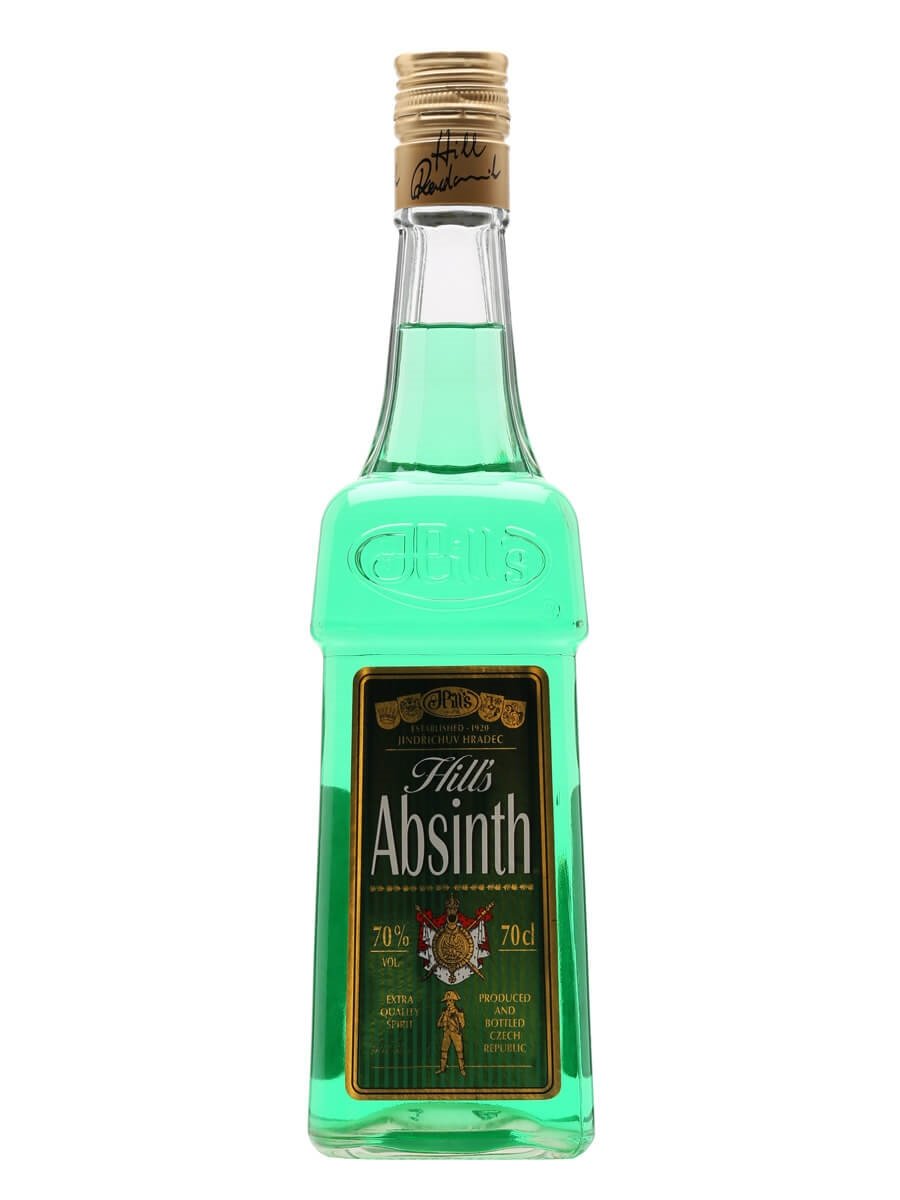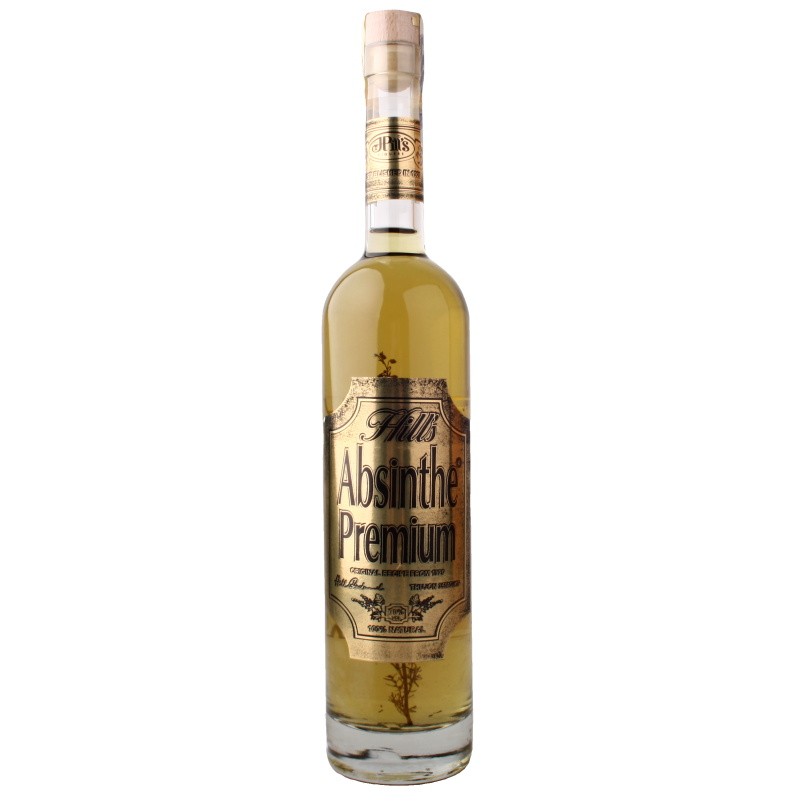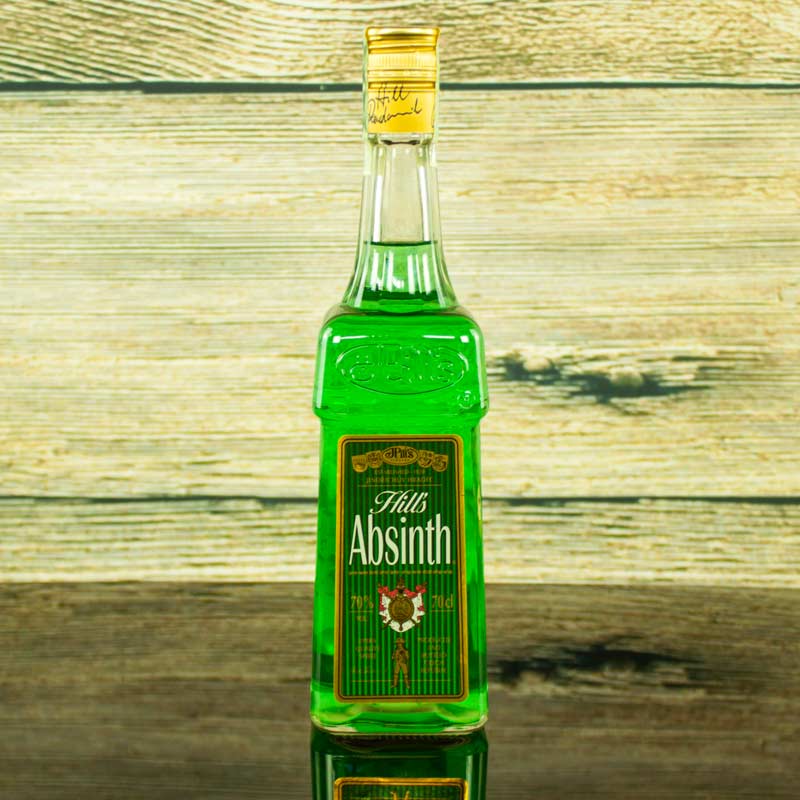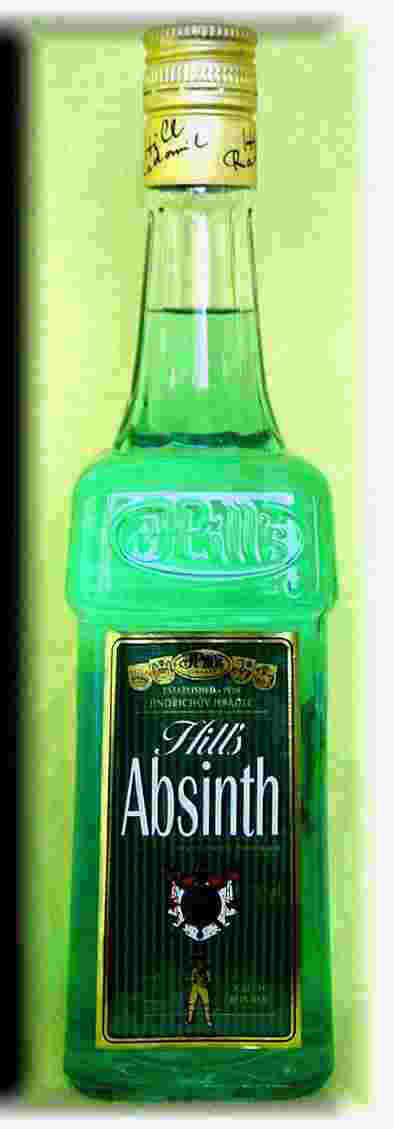
Europe reintroduced it around the 1950’s and the United States allowed the sale of absinthe in 2007 based on science that the spirit was no more dangerous than other spirits currently available at the time. Absinthe was banned in most of Europe between 19, and the United States followed in 1912. Stores and prices for 'Hill's Liquere Suicide Green Absinth' tasting notes, market data, where to buy.



Also known as wormwood, it is a member of the large Asteraceae family, which includes daisies and sunflowers.Through its associations with absinthe, Artemi. It has an alcohol content of 70, wormwood (Artemisia, absinthium), and just a hint of aniseed, making it perfect for cocktails. Prague's premier brand, Hill’s is still the Czech bestseller and a favorite of bartenders everywhere. Because of its popularity, the Temperance League lobbied against absinthe due to the high rate of alcohol related crime and false claims that it made you hallucinate or “go crazy” (which it did not). Artemisia absinthium is its defining ingredient. This is the original Bohemian absinthe that started up all the publicity in 1991. Largely, absinthe was the most popular drink from 1850 till the early 1900’s. It does not taste or smell of aniseed as much. However, the dominant flavor of absinthe is anise (black licorice). Todays Hills Absinth is very close in taste to the traditional Bohemian drink that was produced by Albn Hill. Other ingredients are used by various distillers to add additional flavor profiles that make their absinthe unique. Traditionally, absinthe is made of high proof distilled spirit with anise, fennel and grande wormwood (the holy trinity of absinthe). Plus, according to various reports, many of the artists and writers who were inspired by the Green Muse also had a penchant for other mind-altering substances, including opium and hashish.Q: What is absinthe? Why was it illegal? A: Absinthe was originally developed as a medicinal liquor that was given to soldiers in Europe to help prevent malaria as well as aid with digestive issues due to that fact that anise oil (the main component of absinthe) was generally accepted as a natural digestive aid at the time, and continues to be. And both acute and chronic alcohol use, as well as alcohol withdrawal, have been linked to psychosis.Īs for some of the world’s most significant and innovative artists believing that absinthe gave them a creative edge? They were likely referring to the effects of early stage intoxication, which includes feelings of: Though rare, chronic, heavy alcohol use can lead to hallucinations. Many of the symptoms of so-called absinthism are the same ones you can expect if you drink too much of any alcoholic beverage. Hills Absinthe Burning Spoon - Lady w/ Devil Horns - Stainless Sheffield England. And based on various reports, people with absinthism were drinking a lot. Since 1911, Hills Absinthe has been distilled from 100 wormwood and botanicals that produce aromas and flavours of wormwood, cardamom, coriander. Turns out, the mind-altering effects of absinthe were probably just the result of really strong booze, according to a 2008 study.Īs with any other potent alcoholic drink, you’re going to experience some strong effects when you drink too much of it. Many famous writers and artists, such as Pablo Picasso, Vincent van Gogh, and Oscar Wilde used Absinthe as part. What’s behind all those wild effects, then? Absinthe is an important part of Hemingway lore. Vechny nae produkty jsou nabzeny v krsn a jedinen lahvi se zdobnou etiketou a vtvikou pelyku uvnit. ZOBRAZIT PRODUKT Nevedn design Nam clem je doshnout vynikajc kombinace kvality, ceny a designu. People displaying absinthe-induced symptoms were said to have absinthism, a condition that’s since been debunked. Nae absinty jsou 100 prodn a bez pdavku umlch barviv, anebo aditiv. These were thought to result in violent and erratic behavior.Ībsinthe was even said to cause physical symptoms, such as facial contractions, numbness, and seizures. In addition to hallucinations, absinthe was also associated with a number of negative psychotropic effects, including mania and psychosis. By then, absinthe had already been banned in the United States and other countries for several decades. It wasn’t until the 1970s, after the rise of psychedelic drugs, that scientists finally started to seriously study thujone and its effects. This led to absinthe often being called the Green Muse or Green Fairy. It made their minds wander, which they equated with expanding their consciousness and inspiring creativity. The green aperitif became legendary in late 19th-century Paris thanks to bohemian artists and writers who reported psychedelic, mind-altering effects.

Where did the whole hallucination thing come from?


 0 kommentar(er)
0 kommentar(er)
